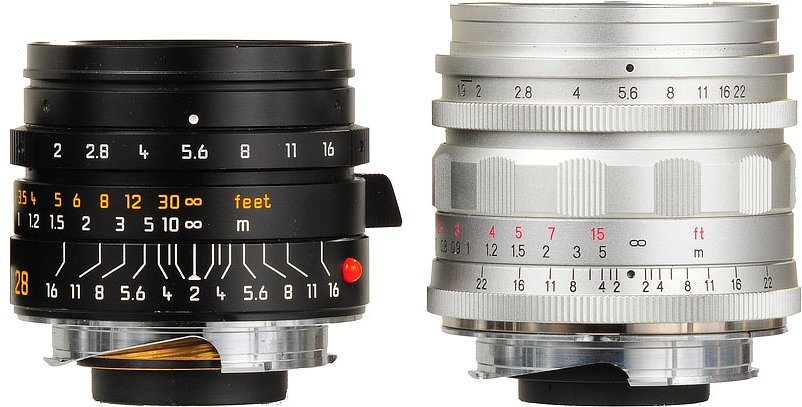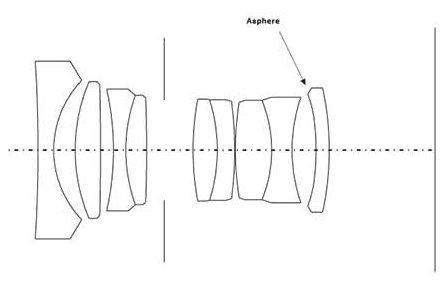 Copyright : Frank
Mechelhoff 2005-2023
Copyright : Frank
Mechelhoff 2005-2023
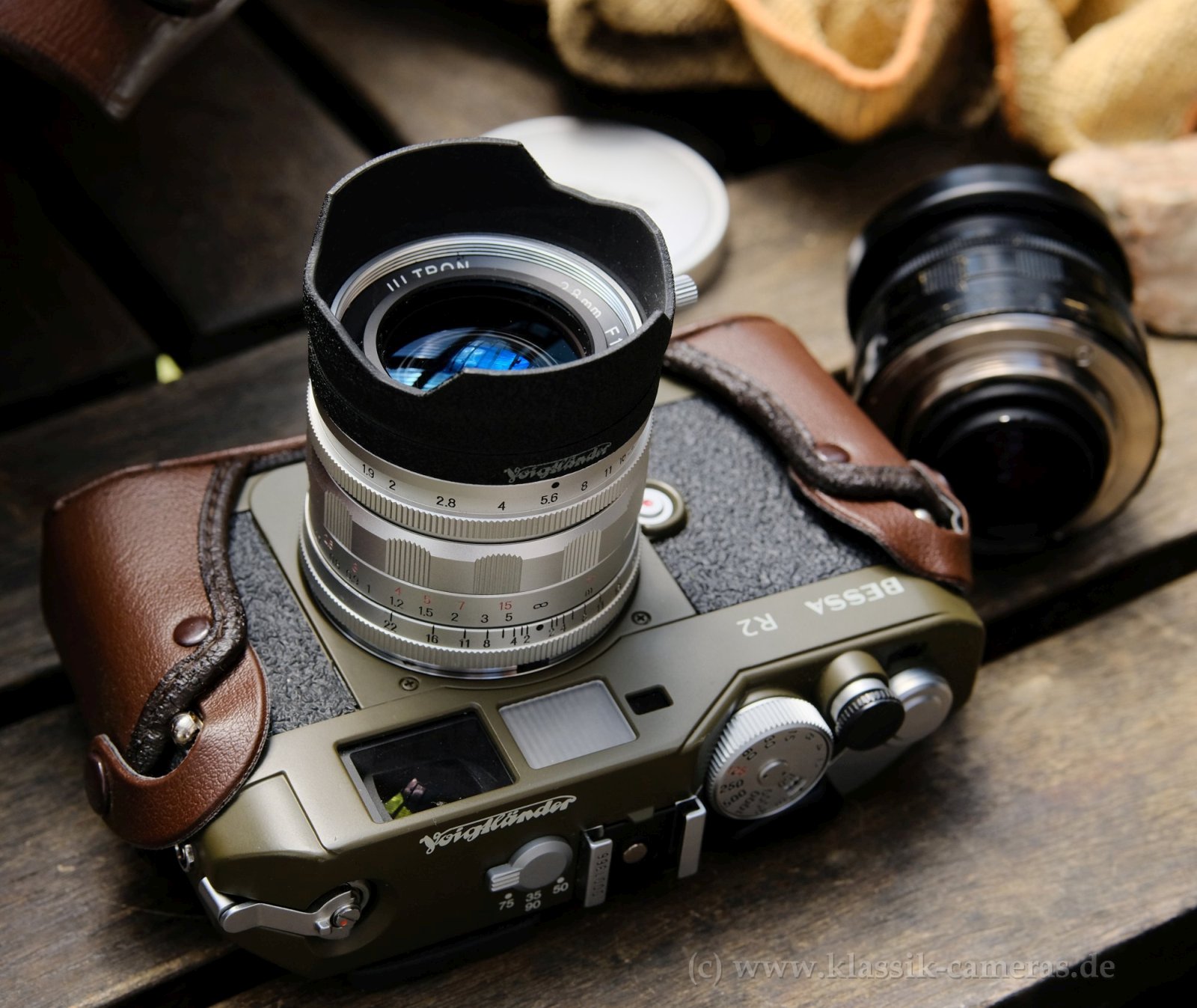
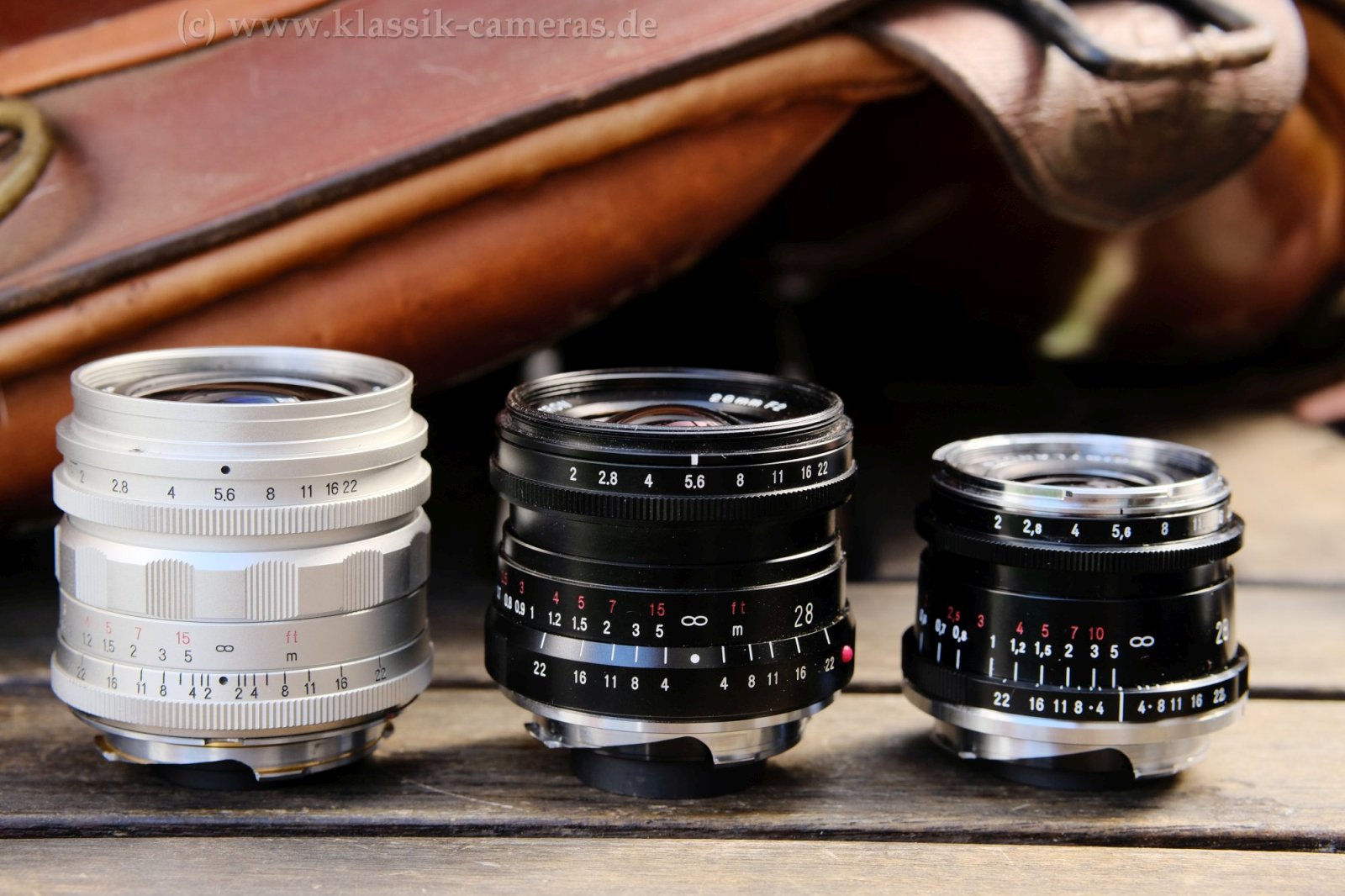
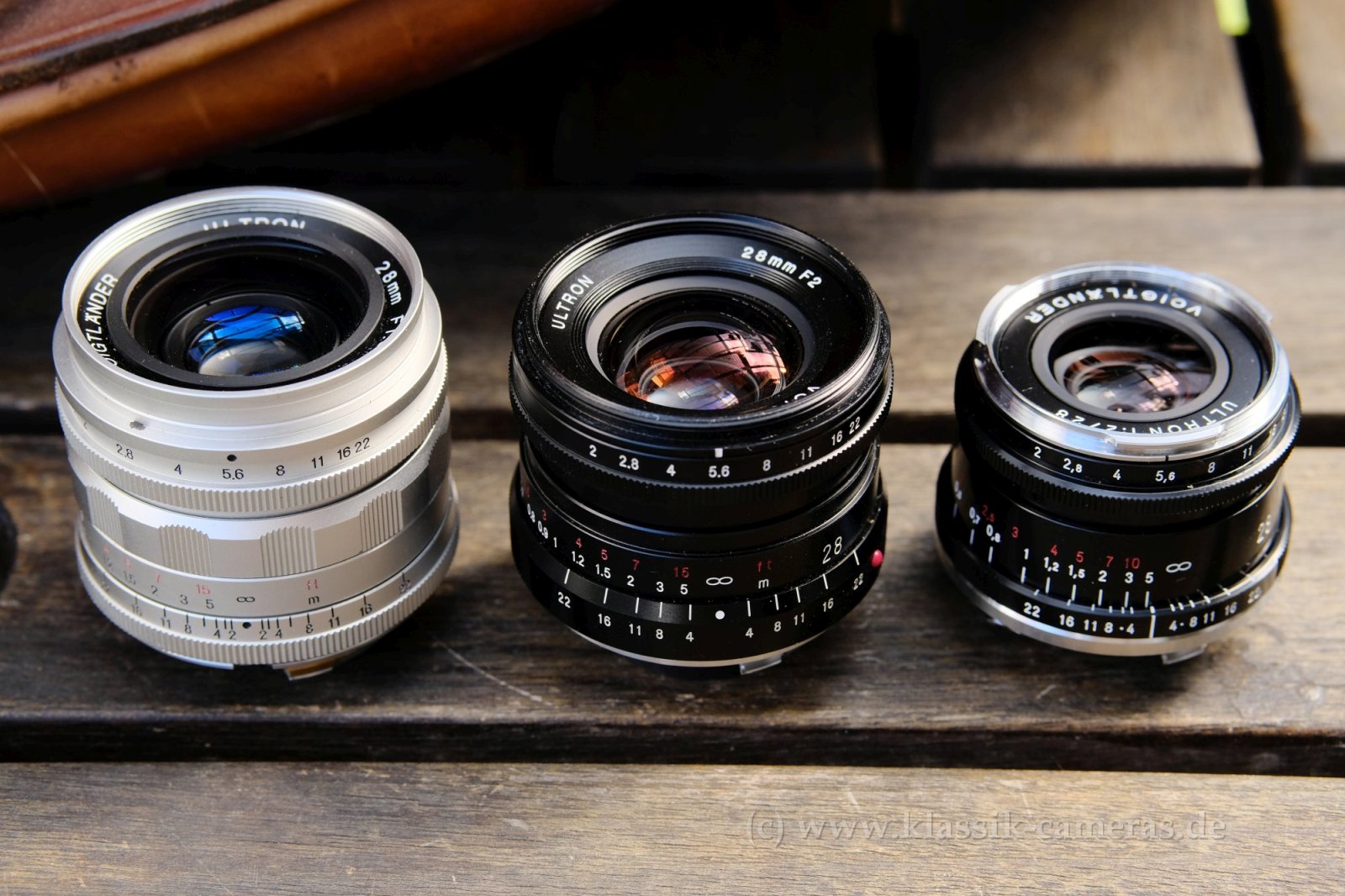
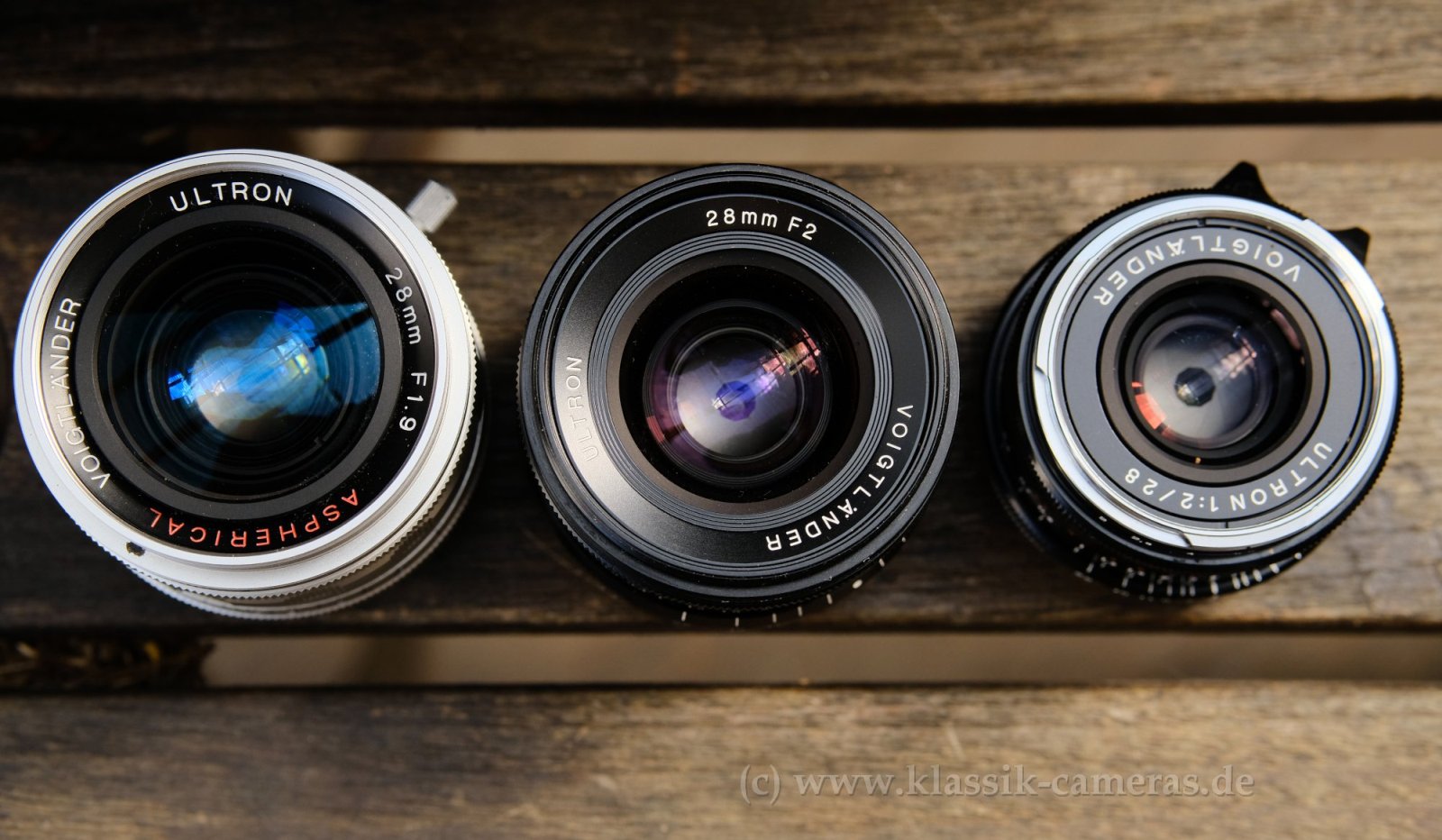
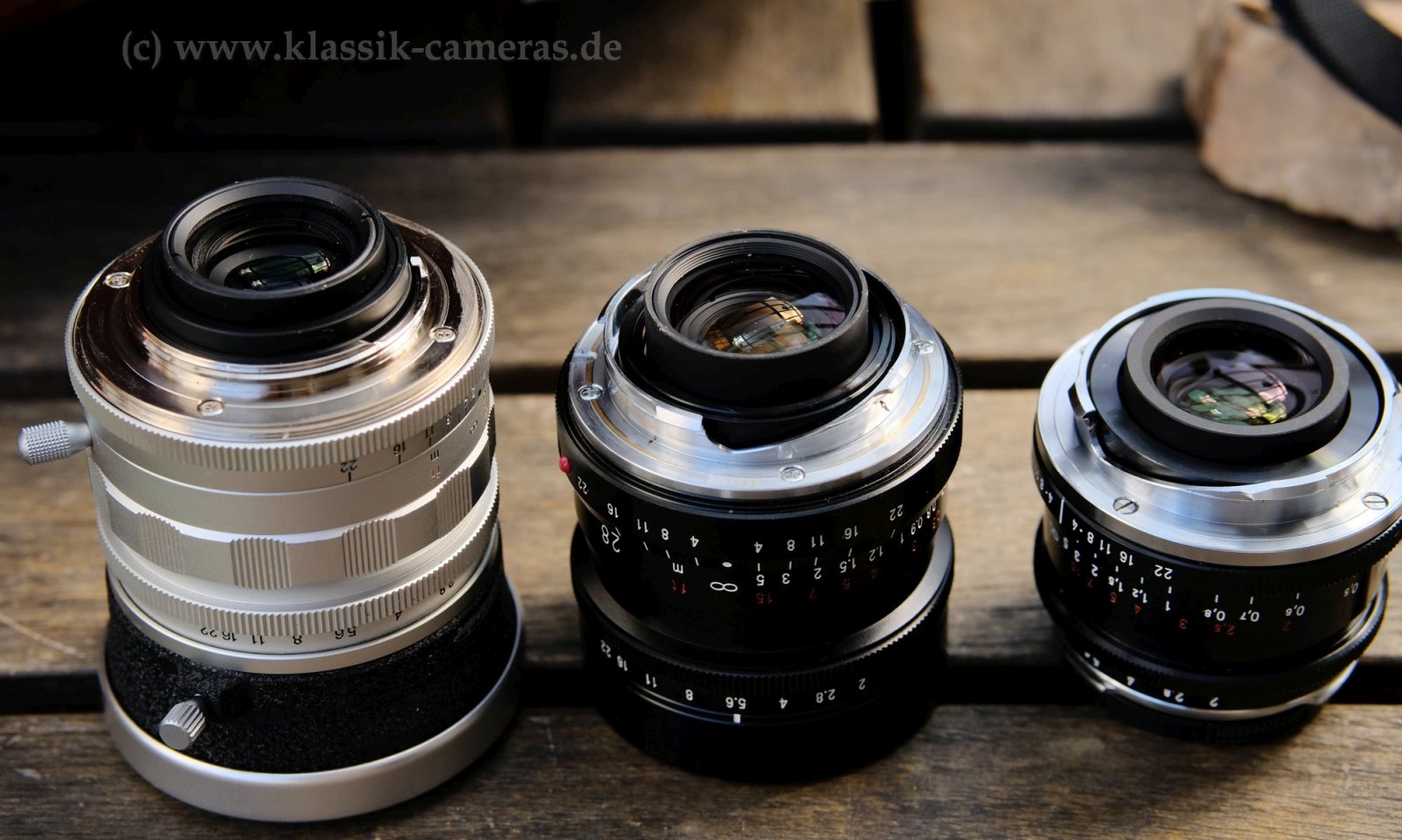
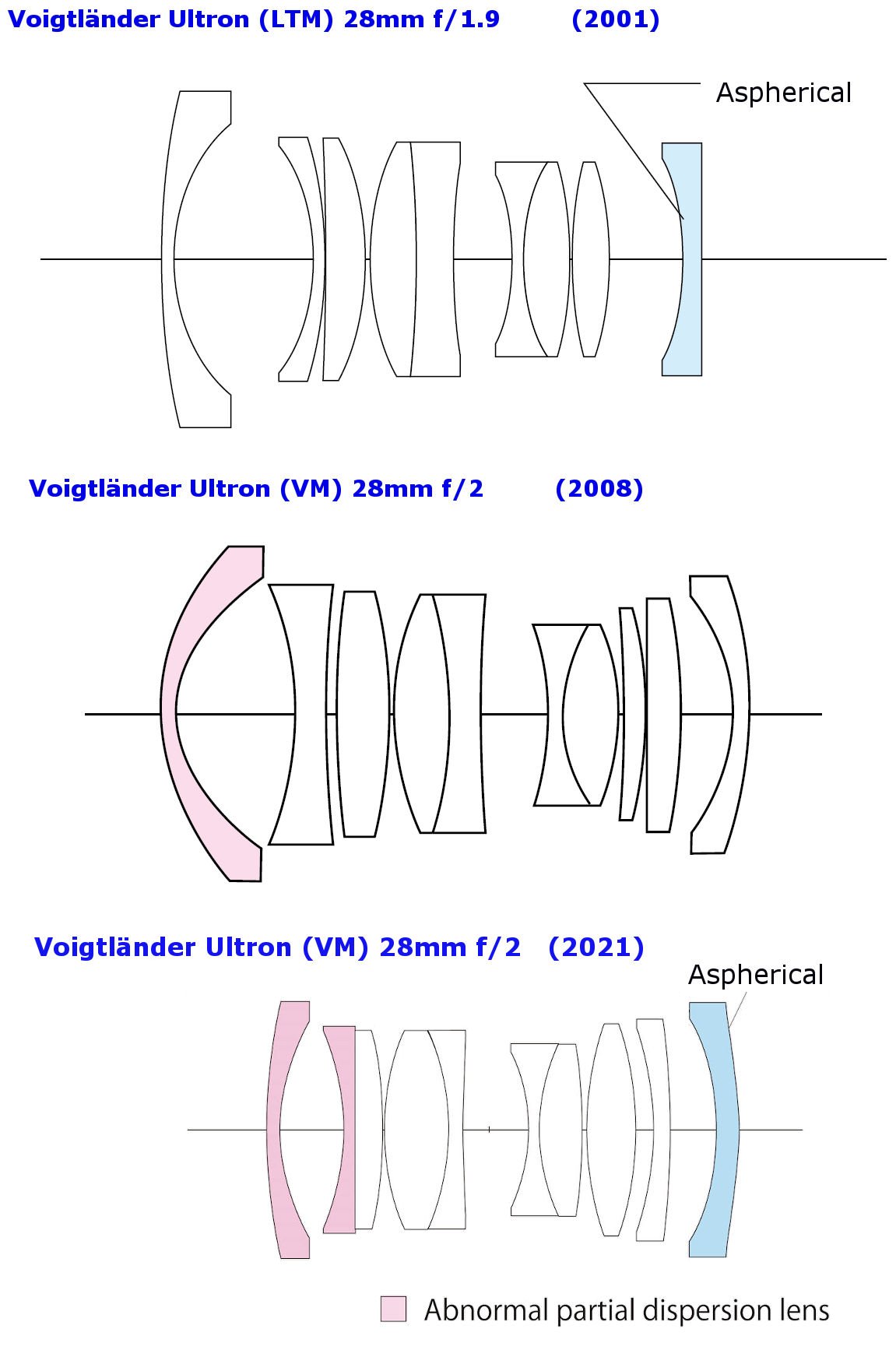
| weight |
Filter |
elements/groups |
closest focus |
size |
|
| LEICA Summicron-M 28mm f/2 ASPH.
(2000-2015) Nr.11604 |
270 g |
46 mm |
9/7 |
0.7 m |
φ53mm × 40.8 mm |
| Voigtländer Ultron
28mm F1.9 Aspherical (2001-2007) LTM |
265 g |
46 mm |
9/7 |
0.7 m |
φ55.8 × 63.1 mm |
| Voigtländer Ultron
28mm F2.0 (2008-2020) |
244 g |
46 mm |
10/8 |
0.7 m | φ55 × 51.2 mm |
| Voigtländer Ultron
1:2/28 (2021- cont.) |
190 g/ 230 g (Type 1/ Type 2) |
39 mm |
10/7 |
0.5 m | φ52 × 36 mm |
